What to Know About Kybella: The Sought-After Treatment for a Youthful Jawline
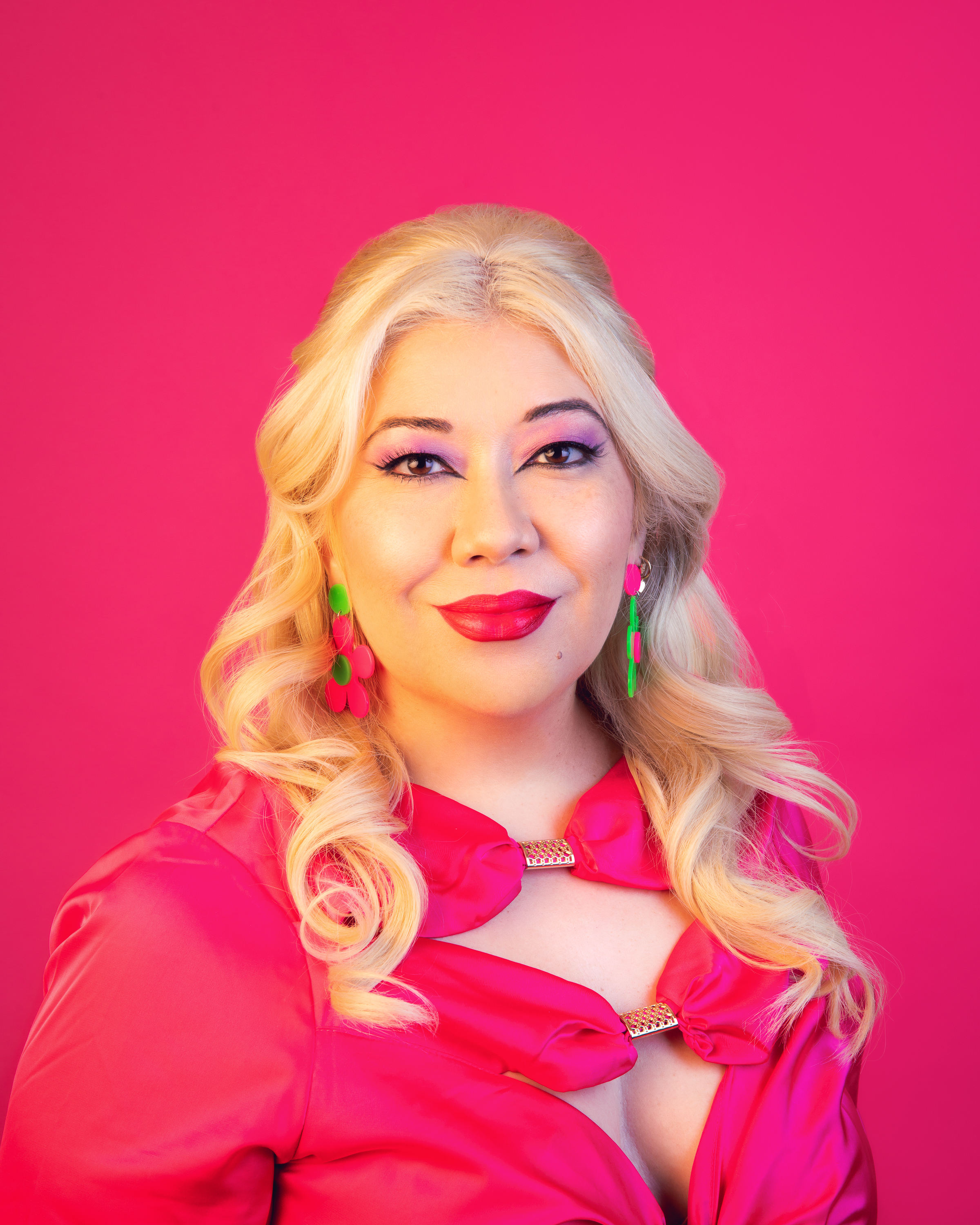
Since making its FDA-approved debut in 2015, Kybella, a noninvasive, nonsurgical treatment, has become popular among people who want to eliminate submental fullness (aka a double chin). While we hardly think one needs a chiseled, Angelina Jolie–esque jawline to be "beautiful," the demand for the treatment is high, and experts say that our current preoccupation with screen time (be it taking selfies on our phones or the new normal of back-to-back Zoom meetings) has people more aware of (and perhaps more self-conscious of) the shape of their jawline and chin area.

While the appearance of a double chin is often associated with weight fluctuation, it can also result from good old genetics or simply as an effect of aging. As we get older, the collagen and elastin in our skin decreases, causing the area to lose firmness and elasticity. While it's totally normal to have a double chin, more and more people are interested in or have opted for some kind of aesthetic enhancement to treat it, whether it's Kybella, or a surgical procedure like liposuction or submentoplasty (which not only removes the fat but also tightens the muscles underneath the chin and in the neck).
That being said, these types of procedures aren't for everyone, and with Kybella, in particular, being one of the most highly sought-after aesthetic treatments on the market these days, we turned to an expert, Ava Shamban, a board-certified dermatologist in Beverly Hills, to answer all of our burning questions on the topic. From what it is to how it compares to other fancy treatments, we have the complete lowdown on all things Kybella just below. Keep scrolling!
So, what is Kybella?
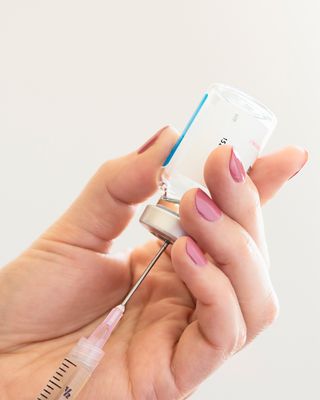
According to Shamban, Kybella is a synthetic form of deoxycholic acid that treats areas of submental fullness. The deoxycholic acid that naturally occurs in our bodies helps facilitate the breakdown and absorption of dietary fat. "When a synthetic form is injected directly into the fat cells, it breaks down cells in fatty tissue so they can be absorbed and released from the body," she explains.
Kybella compared to CoolSculpting and liposuction

When it comes to eliminating fat in a targeted area like the chin or neck, there are other nonsurgical and surgical options, such as CoolSculpting and liposuction. Shamban says all of these procedures are aimed at removing fat, but they each have a different modality. "CoolSculpting uses applicators on the surface to freeze the fat cells and causes them to crystallize and burst before being absorbed and eliminated," explains Shamban. "Liposuction is a much more invasive procedure involving considerable downtime. It removes fat through a large cannula using a range of techniques and technologies including ultrasound energy, laser or power assistance to break up the larger areas of fat and loosen the tissue so it can be easily suctioned out."
Liposuction and CoolSculpting are also usually designated for larger areas of the body, and while all three permanently remove the existing fat, they don't prevent future weight gain.
Can Kybella treat other areas aside from the chin?

Aside from the chin, Kybella can effectively treat specific areas of fatty deposits including the back of the arms, bra bulges, upper arms, knees, and "the buffalo hump," which is the pocket of fat that develops between the shoulders, at the top of the back. "It can technically treat other areas, but small, condensed areas of fat are where it works best, which is why it is specifically good for underneath the chin," Shamban notes.
The pros and cons of Kybella
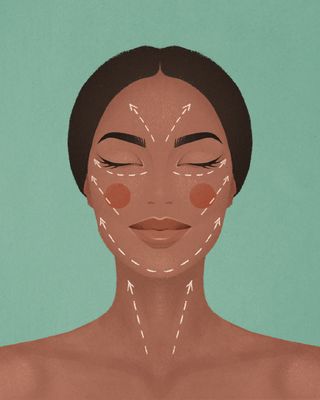
The pros: A big advantage of Kybella is that it's a simple, in-office procedure that is way less invasive than liposuction. The treatment is also pretty quick, about 20 to 30 minutes, depending on the size of the area that is being treated. It's also a permanent solution to stubborn fat tissue.
The pain level is also usually minimal. "It's similar to what one might experience with other filler treatments, however, a patient may experience a stinging or slight burning sensation at the injection site after it enters the area," says Shamban, adding, "this should dissipate even before the treatment is over."
The cons: Recovery from Kybella can vary from patient to patient. "Swelling or bruising, which can be considerable in some patients, may take several weeks to be totally eliminated," she shares. It can also require several treatments per area for some patients.
What is the average cost of Kybella?
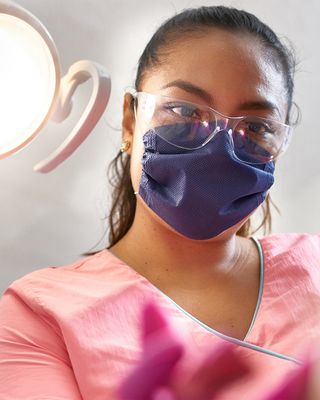
According to Shambam, Kybella can cost up to $1200 per vial, and several vials may be needed for each area of treatment. It all depends on the amount of fat the patient is looking to get rid of.
Kybella recovery time

As Shamban mentioned, the pain during the procedure is minimal, but within the next 24 to 48 hours, you may feel like you have post-workout soreness in the area. "The obvious preliminary swelling may last for about a week to 10 days, but the area may remain somewhat swollen, numb, or even firm over the next six to eight weeks until you see a final result," she explains. Shambam also recommends taking an anti-inflammatory and applying an ice roller to the area.
The bottom line

Shamban says Kybella is effective and permanent, however, there is a big misconception that it's a one-and-done treatment. "While the results of fat-cell destruction are permanent, there may need to be additional treatments after recovery. Often two to three additional sessions may be required depending on the amount of fat the patient is looking to eliminate," she says. "Ideally, the injections will be approximately six to eight weeks apart to truly get rid of all the desired fat cells from the area."
Nonsurgical or surgical treatments not really your thing? Below, we're sharing some product alternatives that definitely can't compare to Kybella or other options like CoolSculpting or liposuction, but are strategically formulated to help tighten and lift loose skin around the neck, jawline, and chin for some subtle enhancement. Shop our picks below!
Shop our fave tightening and lifting products
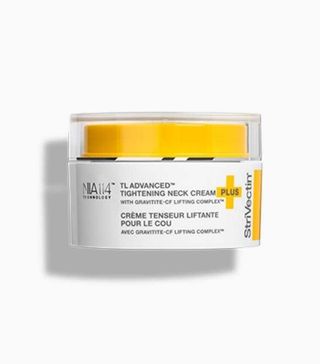
Not only will this high-tech cream from StriVectin help smooth, lift, and improve the elasticity of your skin, but it also helps even out the tone and texture of your skin.

If you're looking to subtly smooth, tighten, and contour your chin and neck area, this top-tier cream from Perricone MD can help with all of the above. The hero ingredient, DMAE, is responsible for its double-chin firming superpowers.
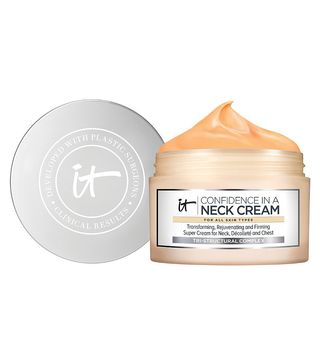
This cream helps prevent the natural aging side effects (like loss of elasticity and dormant collagen production) while simultaneously adding a slight lifting and sculpting effect to your face and neck. It absorbs quickly, and its impressive roster of ingredients includes fucoidan seaweed extract and a Tri-Structural Complex composed of elastin, collagen, and hyaluronic acid.
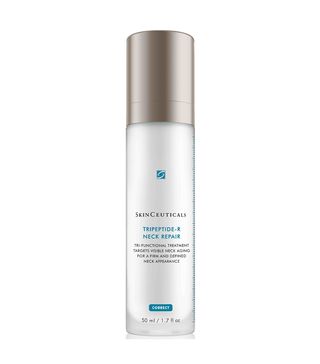
Meet one of SkinCeuticals most exciting launches of late: Tripeptide-R Neck Repair. Yes, it's geared toward the neck area, but the clinical studies and before and after photos also show that it can help tighten and firm the skin between the neck and jawline—aka that sweet spot right where you may notice a double chin. It boasts a mighty combination of 0.2% retinol and a 2.5% tripeptide concentrate to help minimize the appearance of those horizontal neck lines (aka "tech neck") in addition to wrinkles, loss of firmness, creepiness, and uneven skin tone.
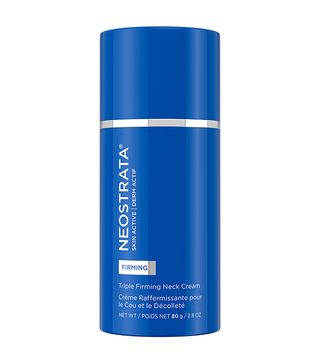
The 51 reviews and solid five-star rating don't lie—this fan-favorite neck firming cream packs a might punch in the lifting and tightening departments.
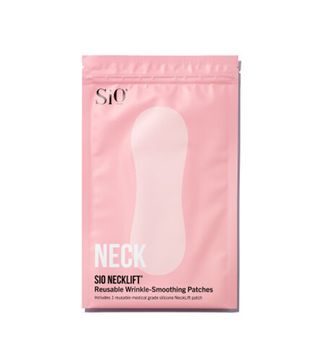
As a disclaimer, SIO Beauty's beloved neck-lifting patches will be an investment piece at $30 per patch, but you can reuse each medical-grade tightening patch up to ten times which will put you at $3 per wear. Considering its hydrating, toning, and collagen-boosting perks, we're not mad at that rate.

Again, this four-pack of masks is pretty hefty in the price department, but each comes with triple the fun in the form of a face, neck, and chest mask specifically designed to firm, tighten, and contour the skin in every area. Plus, the skin-hugging hydrogel material actually stays in place, so you won't have that messy slip 'n' slide situation that can happen with other sheet masks on the market.
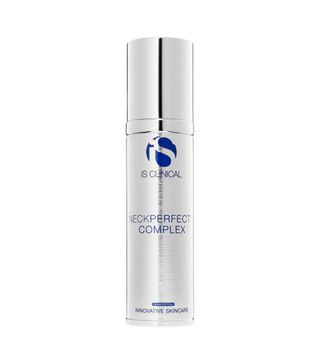
IS Clinical can do no wrong in our book, and each one of its cult-loved products seems to be better than the next. We're big fans of this targeted neck cream which helps defy gravity in the neck area, yes, but also lends its wrinkle, tone, and texture magic to the jawline and décolletage as well. Another fun side effect? It delivers an unparalleled glow to your complexion.
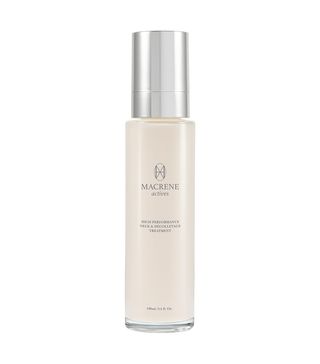
This luxurious cream is potent. It features a whopping 50 active ingredients which work in harmony to boost collagen, tighten loose skin, and even minimize the look of discoloration or brown spots.

Is there anything dreamier than La Mer? Use the handy little brush that accompanies this beautiful balm to get the most of its skin-plumping and cell-renewing properties.
Next: Nonsurgical Nose Jobs Are Gaining Momentum—Here's the 411

Marie has covered beauty, fashion, and lifestyle for almost 15 years. She contributes to the beauty section here at Who What Wear. Previously, she was the Looks Editor for Bust Magazine, built the beauty vertical at HelloGiggles as its beauty editor, and was a founding staff writer at Rookie mag, giving fashion advice to teens. Her bylines have appeared in The Cut, Allure, Glamour, The Hollywood Reporter, and more. She was born and raised in Southern California and is based in L.A. Marie is a self-proclaimed costume design nerd and a co-host of Makeover Montage, a podcast about fashion in film and costume design. You'll see her writing about her beauty obsessions: red lipstick, winged eyeliner, pink hair, nail art, and skincare for people over 40. When she's not working, she's playing with her dog, Gnocchi, and writing her style newsletter, Overdressed.
